Deck & Commander Strategies
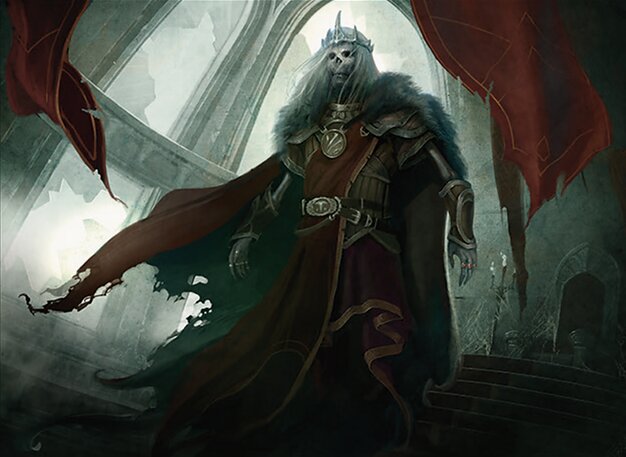
Nekusar, the Mindrazer
Utilizes wheel effects and continuous card draw to deal incremental damage to all opponents, controlling the game with disruption like Cyclonic Rift while aiming to leverage Echo of Eons for massive hand refills and damage.

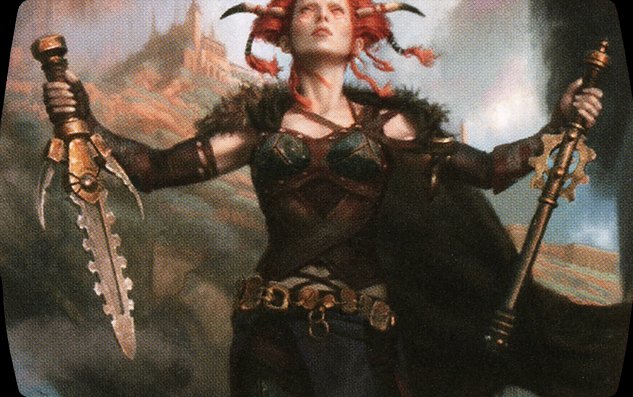
Yoshimaru, Ever Faithful & Jeska, Thrice Reborn
Aggressive tribal synergy focused on Norin triggers and incremental counters on Yoshimaru, combining token generation and planeswalkers to apply pressure and disrupt opponents with tools like Spirit of the Labyrinth and Tibalt’s Trickery.

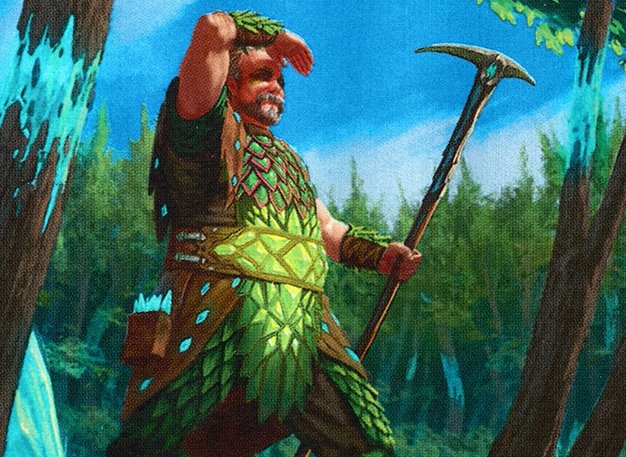
Pako, Arcane Retriever & Haldan, Avid Arcanist
Ramp-heavy deck generating treasures with Dockside Extortionist and using Pako’s ability to exile non-creature cards from opponents’ hands to deal commander damage, supported by combo enablers like Leyline of the Void and Temporal Manipulation to extend turns.
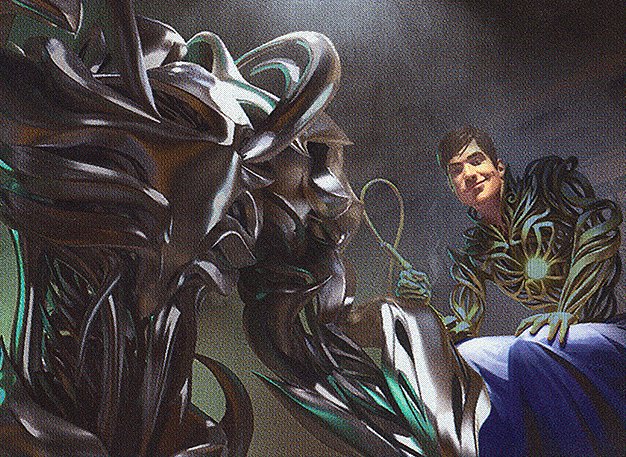
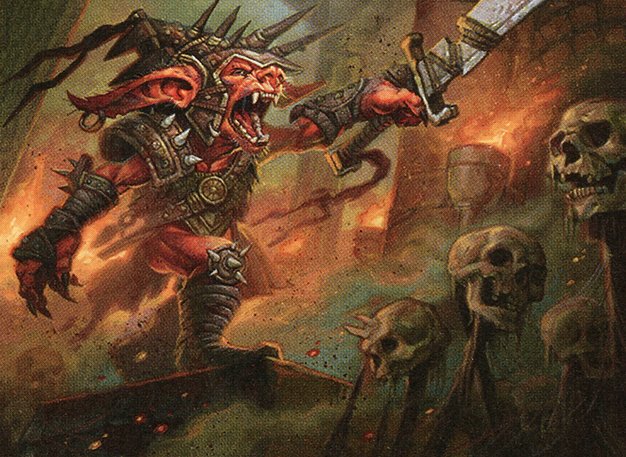
Rograkh, Son of Rohgahh & Silas Renn, Seeker Adept
Artifact-centric deck leveraging tutors like Diabolic Intent and Vampiric Tutor to assemble Divergent Transformations, cheating powerful creatures into play to disrupt opponents and gain board dominance, supported by protective cards like Pact of Negation.
Gameplay Insights
- 1
Rómulo’s timely use of Deflecting Swat to redirect Flusterstorm successfully protected his Timetwister, enabling a critical wheel effect that reshaped the game state.
- 2
David’s strategic use of Pako’s exile ability during combat maximized damage output by revealing multiple non-creature cards, pressuring Nekusar heavily early on.
- 3
Baal’s casting of Divergent Transformations to cheat Tergrid and Sire of Insanity into play disrupted normal gameplay flow and created a chaotic board state that forced opponents to adjust their strategies.
- 4
Interaction-heavy turns with multiple counterspells and tutors, including Force of Will and Vampiric Tutor, showcased the importance of precise timing and resource management in cEDH games.
- 5
The synergy between Aurelia’s extra combat phases and Karn’s token generation allowed Baal to apply overwhelming pressure through repeated large attacks.
- 6
Topdeck mode highlighted the importance of resource preservation and incremental advantages in high-pressure multiplayer games where card advantage and tempo swings are critical.
Notable Cards
-
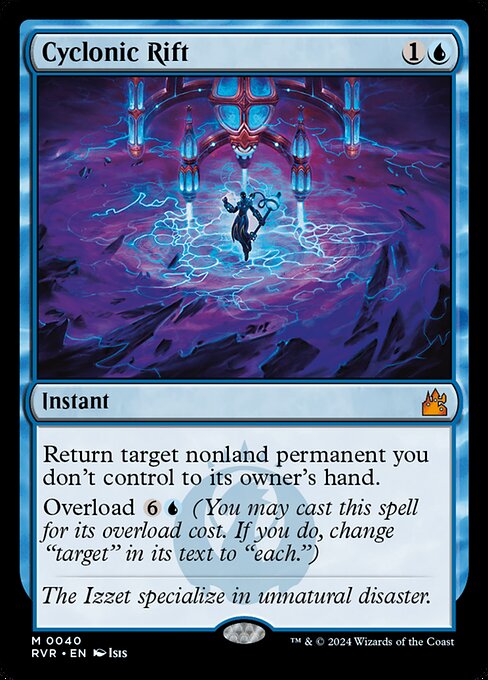
Cyclonic Rift
-
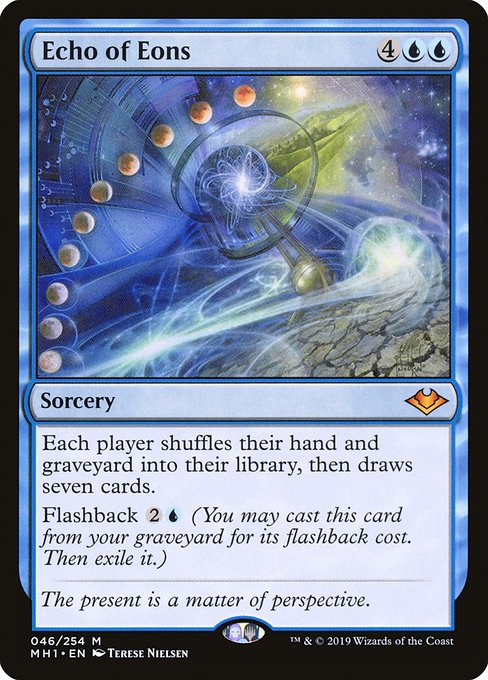
Echo of Eons
-

Dockside Extortionist
-
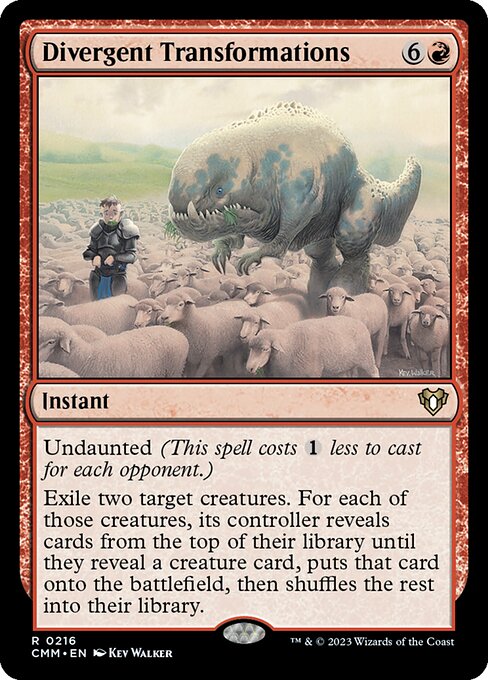
Divergent Transformations
-
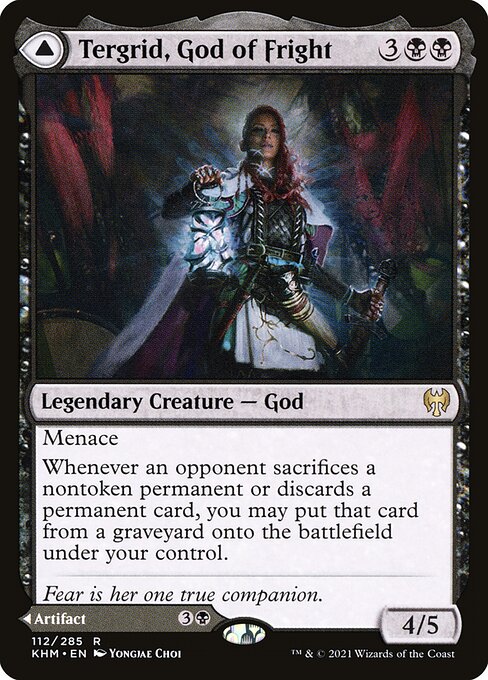
Tergrid, God of Fright // Tergrid's Lantern
-
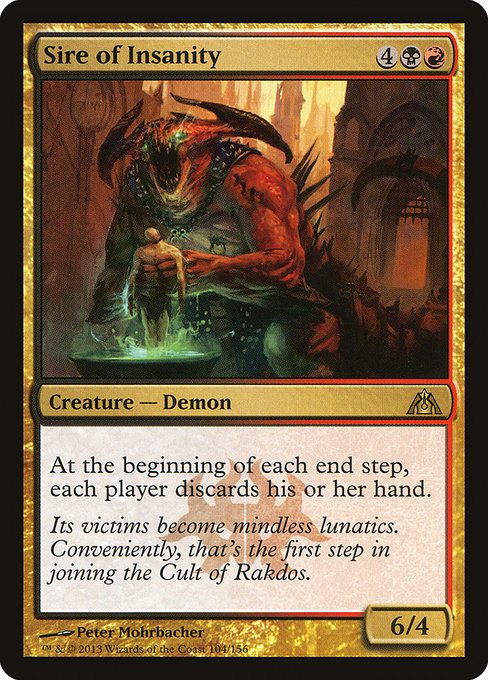
Sire of Insanity
-
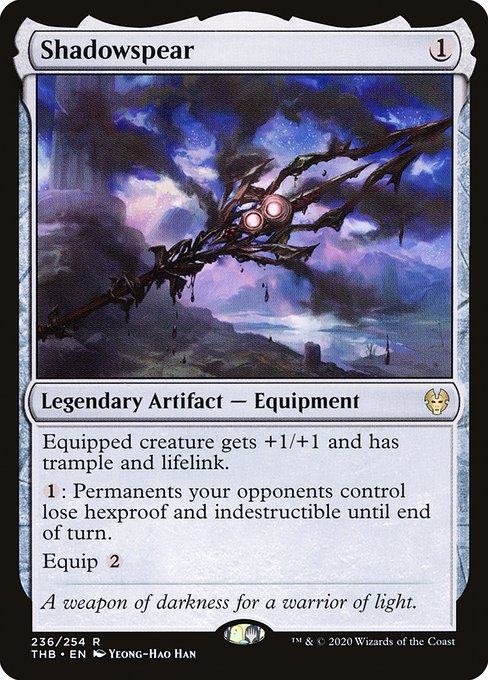
Shadowspear
-
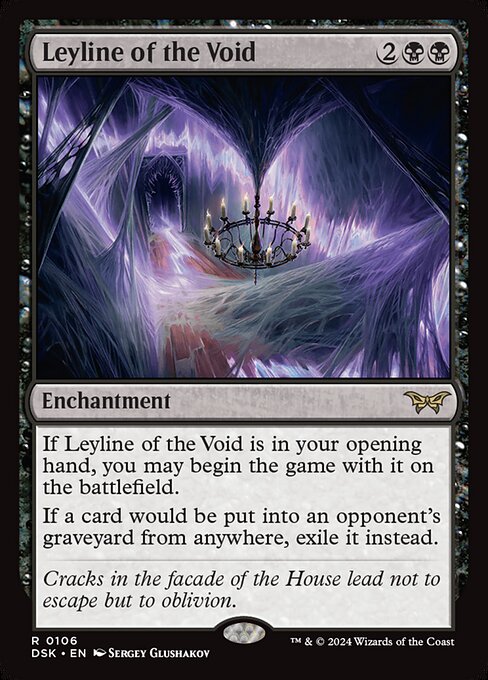
Leyline of the Void
-

Force of Will
-
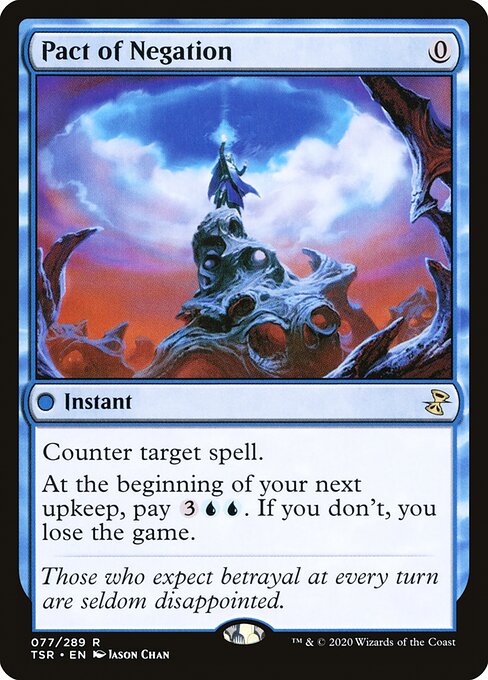
Pact of Negation
-
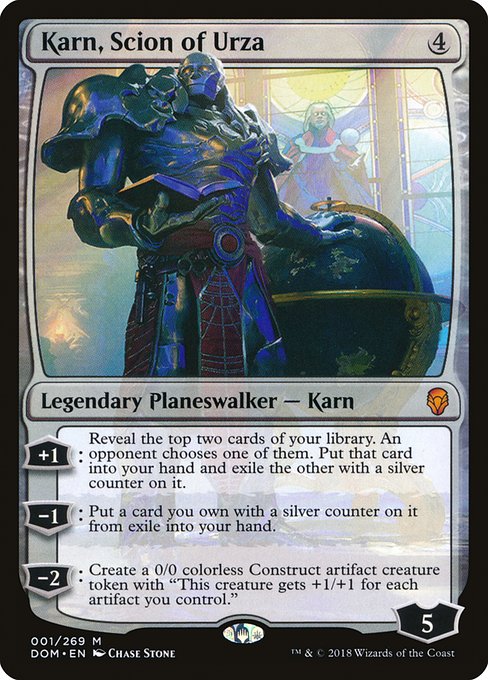
Karn, Scion of Urza
-
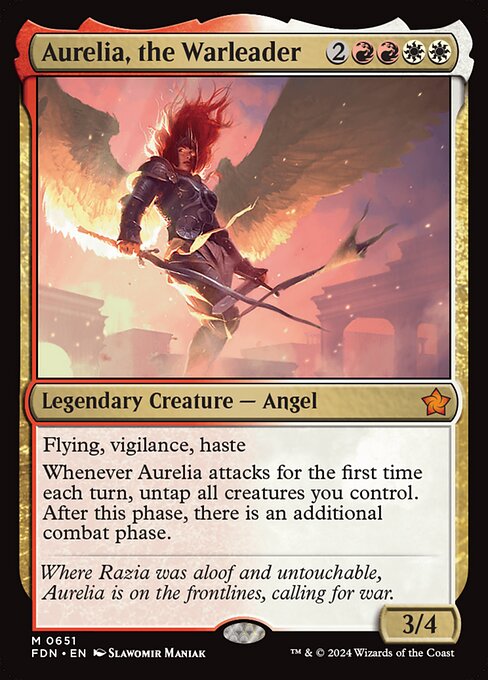
Aurelia, the Warleader
Gameplay Summary
The game begins with Rómulo establishing a strong early board presence as Nekusar, aiming to leverage wheels and card draw to incrementally damage opponents.
Rodrigo supports an aggressive, Norin-centric Yoshimaru & Jeska deck that pressures with creatures and incremental counters.
David pilots a ramp and combo-oriented Pako & Haldan deck that generates treasures and uses Pako's ability to exile cards for damage and potential combos.
Baal pilots a Divergent Rograkh & Silas deck, focusing on powerful artifact synergy and casting Divergent Transformations to cheat big threats into play. Early turns see Nekusar quickly deployed alongside ramp artifacts and interaction like Cyclonic Rift, which David counters with Force of Will, maintaining the board state.
Rodrigo develops his Norin and Yoshimaru synergy, while David ramps into Pako to deal significant commander damage through exiling non-creature cards.
Baal uses tutors and probes aggressively, eventually casting Divergent Transformations to cheat Tergrid and Sire of Insanity into play, disrupting the game state.
The midgame transitions into topdeck mode with players carefully managing threats and resources.
David equips Shadowspear onto Pako, growing it to a massive threat before Baal blocks and trades off creatures to avoid lethal damage.
Baal then uses Reanimate and Karn to apply heavy pressure, gaining multiple combat phases with Aurelia to push damage.
The game shows constant interaction with timely counterspells, tutors, and combat tricks shaping the flow and tension among players.



























![Pako's Modern Life vs Mad Farm vs Demon Chain vs Galastax [cEDH/Commander, MTG Gameplay] 2021 thumbnail](https://i.ytimg.com/vi/5OA3v3_ztuM/sddefault.jpg)


![The Crew Tries cEDH [Commander VS 310] | Magic: the Gathering Commander Gameplay thumbnail](https://i.ytimg.com/vi/MDWsV49RWBg/sddefault.jpg)









![Commander VS S3E9: Nekusar vs Karona vs Xenagos vs Kiki-Jiki [MTG: Multiplayer] thumbnail](https://i.ytimg.com/vi/meqwIXTAv34/sddefault.jpg)





